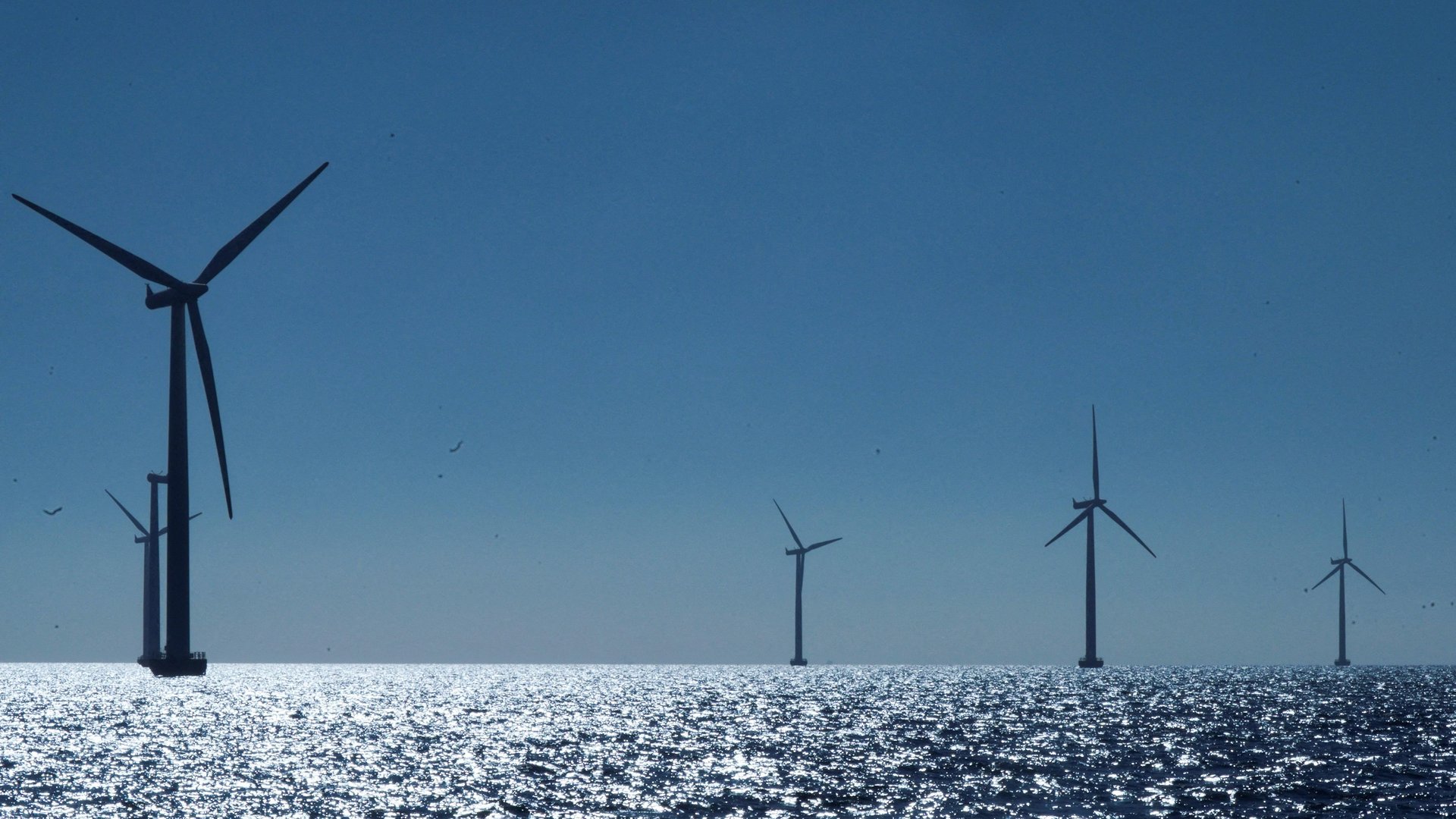Danish energy developer Ørsted delivered a setback to Biden—and its own investors
Ørsted pulled out of Ocean Wind 1 and Ocean Wind 2 in New Jersey

Danish energy developer Ørsted didn’t just disappoint the Biden administration with a decision to scrap two large offshore wind power projects off the coast of New Jersey. The move also disappointed shareholders, who knocked more than 25% off the value of Ørsted’s stock.
Suggested Reading
Construction of the first two projects, Ocean Wind 1, was slated to begin in 2024 with plans to have it up-and-running the next year. Construction for Ocean Wind 2 was slated to begin in 2028.
Related Content
The company had earlier flagged supply chain issues. Rising interest rates cast additional skepticism that the projects would get done as planned. Whatever the reason, the pullout is a setback for the Biden administration’s green energy plans.
New Jersey governor Phil Murphy called Ørsted’s decision “outrageous” but said “the future of offshore wind in New Jersey remains strong.” He added that the state has seen “ a historically high number of bids” recently and that the Board of Public Utilities will shortly announce two additional offshore wind solicitations.
Republican politicians have already called for the remaining projects off the coast of New Jersey to be called off, playing up the expense, plus threats to marine life and tourism.
Charted: Ørsted’s stock hits a six-year-low
“These projects have been mishandled from the beginning by Orsted. They didn’t listen to the public and did not understand our needs or politics. They thought they would get a blank check.”—Jeff Tittel, a longtime environmentalist and former New Jersey chapter president of the grassroots environmental organization Sierra Club
Ørsted’s New Jersey wind farm plans, by the digits
2.2 gigawatts: Renewable energy Ocean Wind 1 and Ocean Wind 2 would have collectively produced
500,000: Number of homes that Ocean Wind 1 and Ocean Wind 2 would’ve each been able to power
$695 million: How much Ocean Wind 1 was meant to contribute to New Jersey’s economy, “bringing job creation, workforce development and training, infrastructure improvements, and supply chain expansion,” as per Ørsted
$1 billion: The tax break the Danish company received, which residents had sued over in August. Later that month, Ørsted warned it wasn’t enough—it needed more subsidies
$5.6 billion: Impairment costs from shutting the two projects down
$100 million: Guarantee put up by Ørsted in early October assuring Ocean Wind 1 would be operating by December 2025, which it stands to lose
$300 million: Support the offshore wind sector in New Jersey is due to receive (including the aforementioned $100 million) should Ørsted’s projects there “fail to proceed,” according to state governor Phil Murphy
One more thing: The largest offshore wind farm in the US
The same day as Ørsted’s announcement, the US government announced the Coastal Virginia Offshore Wind project that “will power 900,000 homes, support thousands of jobs, and add 2,600 megawatts of clean energy to the grid.” It’s the nation’s fifth massive-scale offshore wind project.